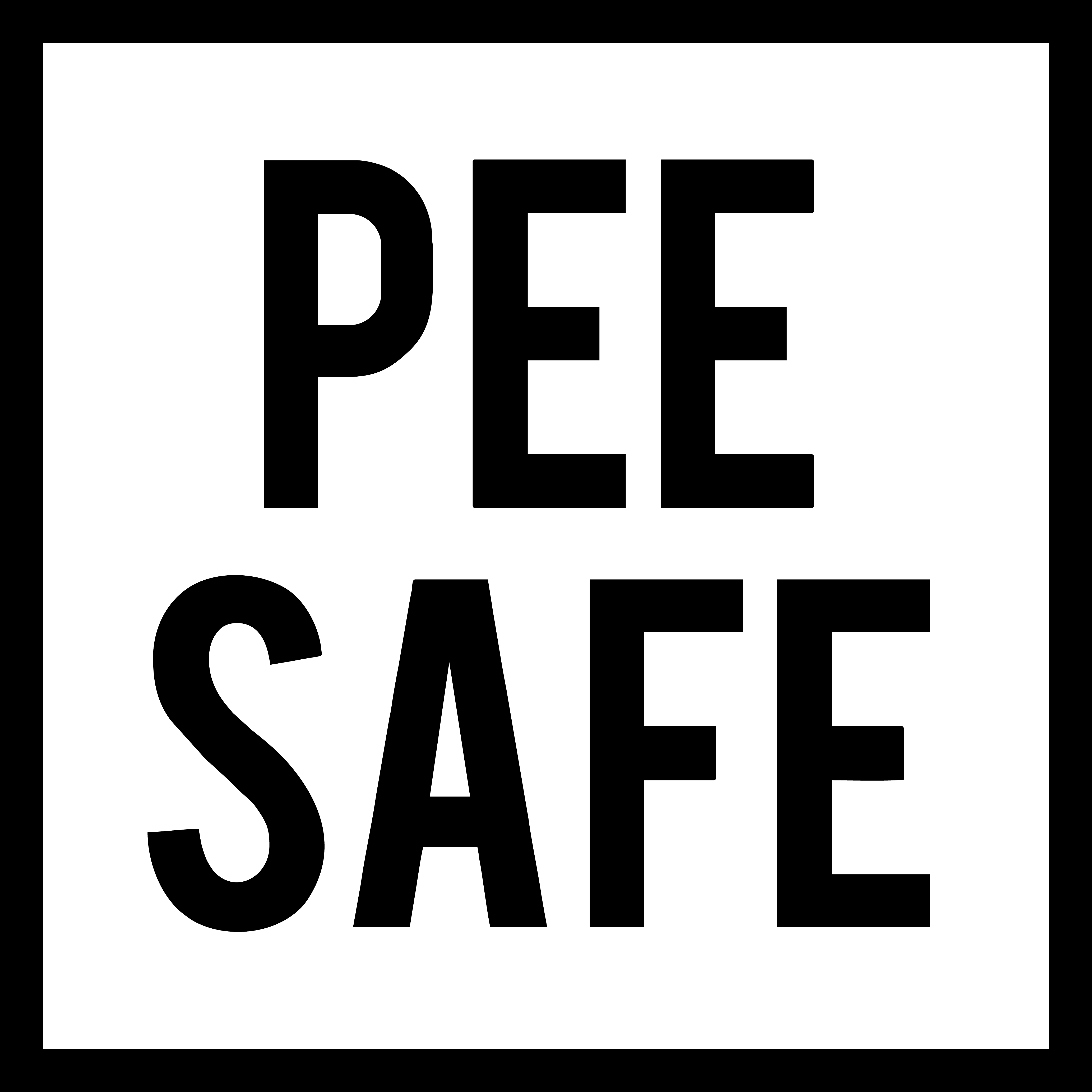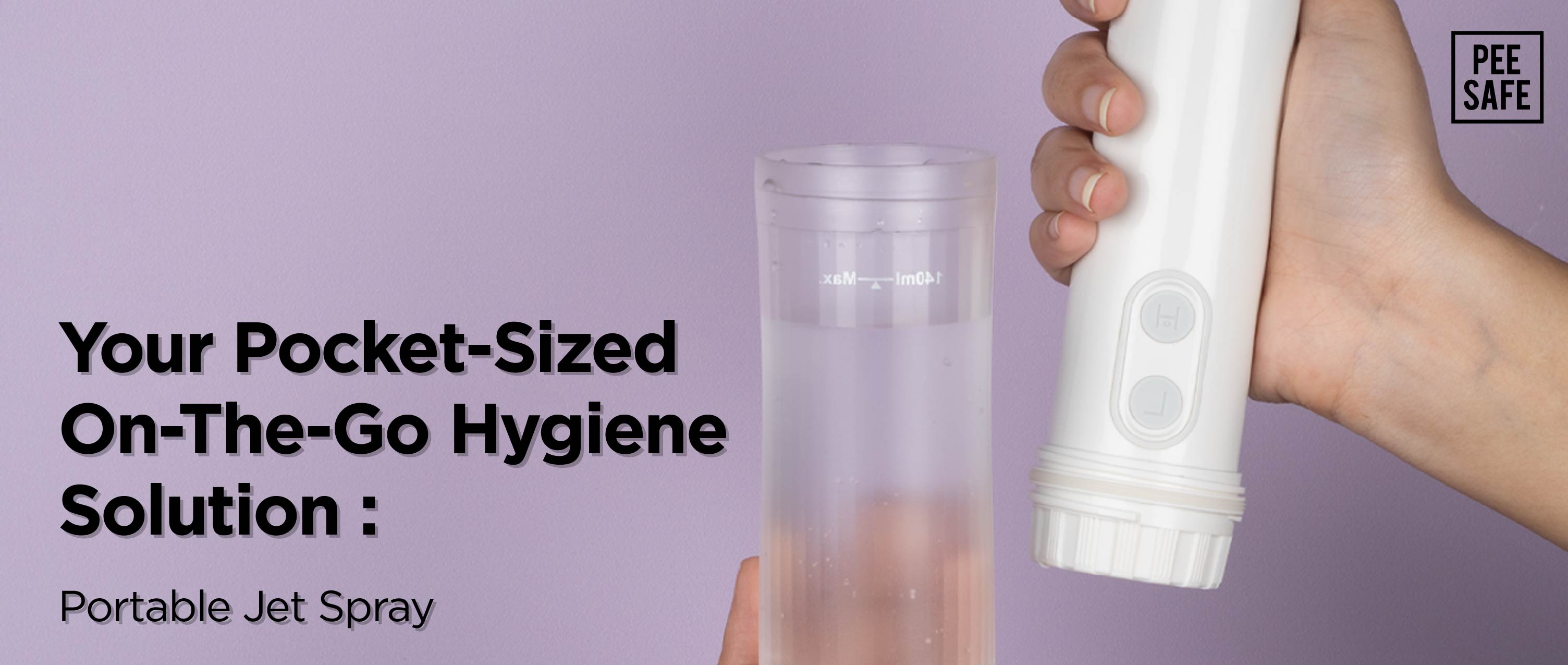Let me guess the answer real quick, at least once every period?
This is, in fact, one of the most common concerns menstruators face while they are on their cycle. Now, when you switch to a new menstrual product, you may face a sudden increase in the number of stained undies. Ugh, more laundry for you!
Read on to figure out how you can minimize staining while switching to a menstrual cup!
What Is A Menstrual Cup?
A menstrual cup is a sanitary product that is gathering great traction in recent times. Made of medical-grade silicone, the cup is meant to be inserted inside the vagina where it collects blood. This feature of the cup makes it wearable for up to 12 hours at a stretch, making it a highly convenient sanitary product for long-haul flights and hectic travel.
How Do I Use A Menstrual Cup?
The initial learning curve for a menstrual cup can be quite steep. After all, you're not simply sticking it to the crotch of your panties! Here are a few steps for an easy cup insertion and removal:
- Sterilize: Sterilize your menstrual cup by putting it in a pot of boiling water for 3-5 mins. Make sure that the water is, in fact, boiling and not warm. To make it even easier, try using a sterilizing container or a steam sterilizer.
- Squat And Fold: When you get to inserting the cup, make sure you're relaxed and comfortable. If you get anxious, your vaginal muscles will contract making insertion difficult. For some, squatting down helps. Others might prefer sitting at the rim of the bathtub or raising one leg up as well. Fold your menstrual cup and insert it by angling the cup towards your tailbone. You can experiment with multiple different folds for insertion.
- Removal: After around 4-5 hours, you may feel like your cup is getting full. An easy way to figure this out is if you get the feeling of air bubbles escaping. While this is hard to describe, when your cup gets full, it starts losing its suction making it leak. It is also best to change out your cup every 5-6 hours during the initial days of your bleeding because of high flow.
How Do I Deal With Leakage?
Unlike pads, your menstrual cup can leak even when it is not full. One of the main reasons your cup might leak is because it hasn’t been inserted properly and thereby has not opened fully inside you. Here are a few ways you can ensure that the cup has opened up:
- Pop Sound: Oftentimes when you insert a cup, you might hear the cup open up with a “pop” sound. This does not happen always and is hence not a reliable method of finding out if the cup has opened properly.
- Manually Checking: Another way you can figure out if the cup has opened properly is by checking manually. This involves inserting a finger into the vagina and running it along the rim of the cup. If the cup hasn’t opened fully you will feel a fold in the cup. Simply remove the cup and reinsert if this happens.
Another reason you might feel like your cup is leaking despite having inserted it correctly can be due to the cup size. If you are using a cup that is far too small or one that is too big, you may face the problem of leakage.
How Do I Identify My Cup Size?
There can be numerous ways to identify the correct cup size. A few of these are:
- Age: Beginners and teenagers usually fit the small or the extra-small cup size.
- Birth Plans: If you are pregnant or have given birth vaginally or via C-section your cup size may increase to medium or large.
- Cervix Height: Cervix height is the length of your vaginal canal. A higher cervix usually means that the cup will sit higher up. A. easier way to determine cervix height is to insert your longest finger into your vagina and feel for your cervix.
Even if everything goes right- the cup is the perfect size, is inserted properly and you change it regularly, there is no harm in taking precautions. That’s what panty liners are for! Panty liners are there for you for any and every unexpected surprises and spottings!
Leaks, spills, and accidents are a part of the menstrual cycle. In fact, staining clothes is now normalized and is taken as a given. Switching to a menstrual cup may increase the frequency of your stains at the beginning but, this is short-lived! All you need to do is learn, practice and retry!
-
✍️ This article was curated by Sarah Abraham




























